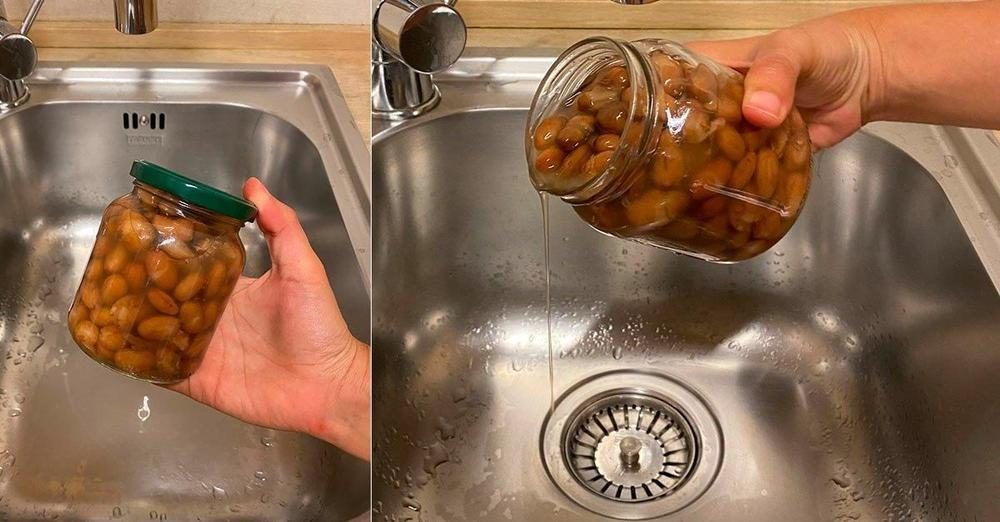;)
Vanilla comes from the pod of a climbing plant in the Orchid family. This plant, known as an orchid, was originally found in Mexico and has been used since ancient Aztec times. Vanilla is a special spice because it's the second most expensive in the world, after saffron. People love it for its rich and complex flavor. It goes through a long and detailed process to develop its famous aroma. While many know vanilla for its comforting smell, it also has surprising benefits like reducing inflammation, acting as an antioxidant, and even as an aphrodisiac. Let’s explore more about this unique spice.
What is Vanilla, and Where Does It Come From?
Vanilla is the fruit of a plant called Vanilla planifolia. Other types include Vanilla tahitensis and Vanilla pompona. These plants are from the Orchid family and grow like vines with long stems and large, oval leaves. Originally, vanilla came from Mexico, thriving in its warm climate, but now it is also grown in many tropical areas around the world.
Vanilla is expensive not just because it is rare but also due to the complex process of growing and harvesting it. The pods are picked after about 9 months when they are nearly fully mature. After harvesting, the pods go through a detailed process called "sweating," followed by drying and conditioning. This process helps develop the sweet aroma of vanilla, thanks to a compound called vanillin, which is also produced in labs today for vanilla-flavored products.

Benefits of Vanilla
Vanilla offers more than a pleasant taste; it's a strong natural remedy with many health benefits. The main component is vanillin, known for its antioxidant, anti-inflammatory, and antibacterial effects. Here are some health benefits of vanilla:
- Antioxidant Power: Vanillin helps protect cells from damage and can lower the risk of chronic diseases.
- Anti-inflammatory Qualities: Components in vanilla can reduce inflammation, which may help with conditions like arthritis or general body inflammation.
- Antibacterial and Antiseptic Features: Vanilla is believed to fight harmful bacteria and protect against infections from viruses or fungi.
- Digestive Health: Though more research is needed, vanilla is thought to aid digestion and support healthy stomach function.
- Aphrodisiac Qualities: Traditionally, vanilla's sweet aroma has been believed to increase sexual desire.
How to Use Vanilla in The Kitchen
Vanilla is a favorite ingredient in many sweet dishes, like custards, cakes, and panna cotta, adding a rich, fragrant sweetness. Here’s how to use vanilla effectively in recipes:
If you have a real vanilla pod, you need to extract the seeds to enjoy its full flavor. Here's how:
- Cut the Pod: Lay the vanilla pod on a clean surface and hold it at one end. Use a sharp knife to cut it lengthwise. Be cautious not to split it into small pieces.
- Scrape the Seeds: Open the pod and use a teaspoon or the back of your knife to scrape out the small black seeds. These seeds are packed with flavor for your recipe.
- Use the Seeds: Mix the seeds into your recipe directly or blend them with softened butter if needed.
- Infuse Liquids: Don’t throw away the empty pod! Use it to infuse flavors into liquids like milk or cream for desserts. Just remember to remove the pod before serving.

Vanilla Pod Vs. Vanilla Extract
Many American kitchens use vanilla extract for convenience. While practical, it doesn't always match the deep flavor of fresh vanilla pods. Vanilla extract is made by soaking vanilla pods in alcohol. However, for most recipes, vanilla extract is a good alternative when fresh pods aren’t available.

;Resize,width=712;)

;Resize,width=767;)
